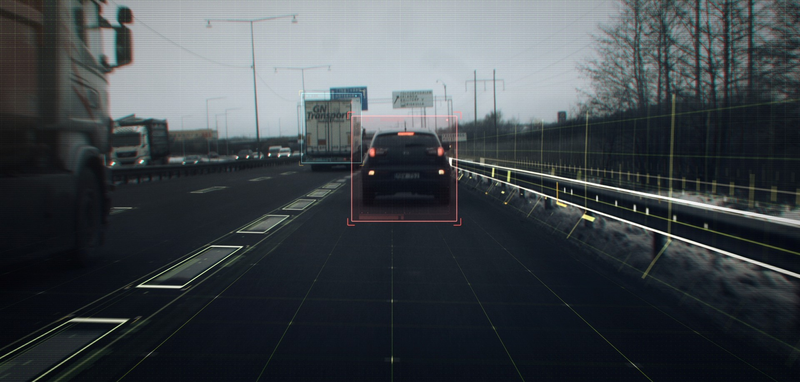The emergence and impact of swarm intelligence on autonomous driving

Picture credit: Volvo
The days when drivers act as individual entities on the road could be over in a matter of years thanks to the integration of swarm intelligence technology within car design. The idea behind it is to allow vehicles to work together and share data with others (i.e. act as a collective swarm) for the benefit of all and the wider transport infrastructure – ‘the cloud’.
The clear impact of this is far reaching - the travelling of more efficient and optimum routes, reduced carbon emissions, a constant flow of traffic and less congestion, more time available away from the road, as well as a higher level of safety on it. This is thanks to a reduced chance of a collision within the swarm, and with other ‘foreign’ obstacles.
This concept of data sharing is not merely a theory, but is fast becoming a reality, and moves far beyond the current infotainment and navigation systems where each driver acts of their own accord in line with incoming information.
Going forward, with the effective use and development of collective intelligence and car-to-car technology, autonomous vehicles will ideally move in perfect swarms, constantly flowing, in congestion and hazard free cities
In 2012, Volvo signed a Memorandum of Understanding with fellow members of the CAR 2 CAR Communication Consortium in Europe (the equivalent of the Connected Vehicle Safety Pilot Model Deployment Program in the US), regarding standards and shared expertise for communication between cars and roadside infrastructure. Carmakers are actively developing systems for integration within future vehicles which use data garnered from the surrounding traffic environment to help reduce congestion and the number of accidents.
This includes systems which allow drivers to maintain an optimal speed in order to pass through a succession of green traffic lights and avoid unnecessary braking, a cloud-based slippery-road alert that enables cars to share warnings about hazardous surface conditions, and advanced notice of an approaching emergency vehicle to eradicate any element of surprise. The degree of success of any of these is, to some extent, dependent on the size of the active swarm.
In real terms, this will be determined by how many other vehicle manufacturers follow suit (there are many carmakers looking at this), and effectively integrate the same type of technology in their own models, so that the swarm, and in-turn, the ‘cloud’, becomes even more intelligent.
In the spheres of connectivity and digitisation, autonomous cars are very closely interlinked with swarm intelligence as the latter will allow cars to interact with each other and the wider infrastructure, and take appropriate corrective action without any human input whatsoever. Volvo has, for some time, been a pioneer in the field of hands-free driving, and a leader in the development of future mobility, fuelled by the desire for sustainable transport and a crash-free future (also known as Vision 2020). In 2014, it introduced its ‘Drive Me’ project, an initiative endorsed by the Swedish government which looks at the societal benefits of making autonomous vehicles a totally normal everyday feature of the traffic environment. In two years’ time, the company aims to have 100 self-driving cars in the hands of customers on selected roads in Gothenburg.
This concept of data sharing is not merely a theory, but is fast becoming a reality, and moves far beyond current infotainment and navigation systems
This public pilot, a one-of-a-kind collaboration between legislators, transport authorities, a major city and a vehicle manufacturer, will also extend to fully-automated parking via a smartphone app. This will allow the driver to simply walk away at the entrance to a designated parking area, leaving the vehicle to find and enter a space all by itself. An EU research project by the name of 'V-Charge', in which six national and international partners are jointly developing new technologies, is actually taking this one step further with a view to not only automating the search for a parking space, but also simultaneously charging an electric vehicle.
Going forward, with the effective use and development of collective intelligence and car-to-car technology, autonomous vehicles will ideally move in perfect swarms, in constantly-flowing congestion and hazard-free cities, with all individuals travelling at the optimum safe average speed – in other words, an ‘automotive utopia’.
This will pave the way for more efficient time-management behind the wheel, and enhance personal wellbeing as drivers will be able to interact safely via phone or tablets, multi-task, or choose to simply sit back and relax whilst the car takes on all emergency, guidance and driving responsibilities.

Leave a comment
Alternatively
This will only be used to quickly provide signup information and will not allow us to post to your account or appear on your timeline.